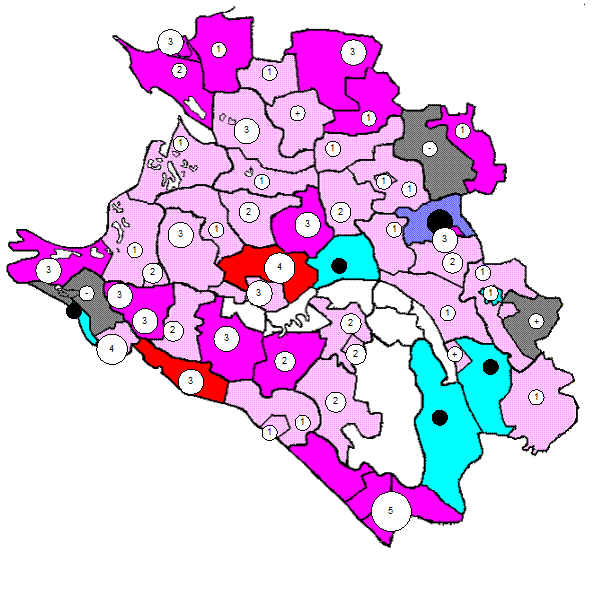TEXT 3 HOW SOIL IS FORMED
Soil begins to form when environmental forces break rocks and similar materials that lie on or near the earth’s surface. Pedologists call the resulting matter parent material. As soil develops through the centuries, organic material collects, and the soil resembles the parent material less and less. Glaciers, rivers, wind, and other environmental forces may move parent material and soil from one area to another. Soils are constantly being formed and destroyed. Some processes, such as wind and water erosion, may quickly destroy soils that took thousands of years to form. Soil formation differs according to the effects of various environmental factors. These factors include kinds of parent material, climate, land surface features, plants and animals, and time. Kinds of parent material. The type of parent material helps determine the kinds of mineral particles in a soil. A process called weathering breaks down parent material into mineral particles. There are two kinds of weathering, physical disintegration and chemical decomposition. Physical disintegration is caused by ice, rain and other forces. They wear down rocks into smaller particles that have the same composition as the parent material. Sand and silt result from physical disintegration. Chemical decomposition mainly affects rocks that are easily weathered. In this kind of weathering, the rock’s chemical structure breaks down, as when water dissolves certain minerals in a rock. Chemical decomposition results in elements and in chemical compounds and elements that differ from the parent material. Some of these substances dissolve in the soil solution and become available as plant nutrients. Others recombine and form clay particles or other new minerals. The mineral content of parent material also affects the kinds of plants that grow in a soil. For example, some plants, including azaleas and rhododendrons, grow best in acid soils that contain large amounts of iron.
1. Study the following words: Environmental force, parent material, glacier, destroy, various, weathering, physical disintegration, decomposition, mainly, affect, dissolve, available, recombine.
2. Translate the following sentences into your language: 1. The type of parent material helps determine the kinds of mineral particles in a soil. 2. Physical disintegration is caused by ice, rain, and other forces. 3. Chemical decomposition mainly affects rocks that are easily weathered. 4. Others recombine and form clay particles or other new minerals. 5. As soil develops through the centuries, organic material collects, and the soil resembles the parent material less and less. 3. Make up sentences with the following word combinations: Chemical decomposition, parent material, mineral content, environmental force, wind erosion, animal life, chemical structure.
4. Fill in the gaps: 1. Some of these … dissolve in the soil … and become available as plantnutrients. 2. Soil … differs according to the effects of various environmental factors. 3. Glaciers, rivers, wind and other environmental … may move parent material and … from one area to another. 4. Chemical … results in elements and in chemical … and elements that differ from the parent material. 5. Some processes, such as wind and water …, may quickly destroy soils that took thousands of years to form.
5. Render the text:
|






